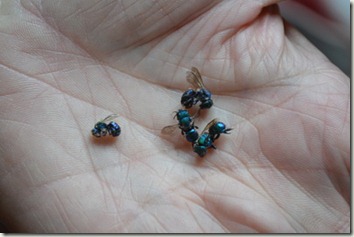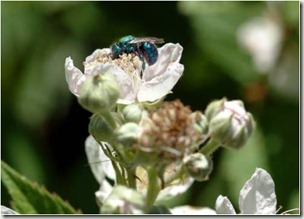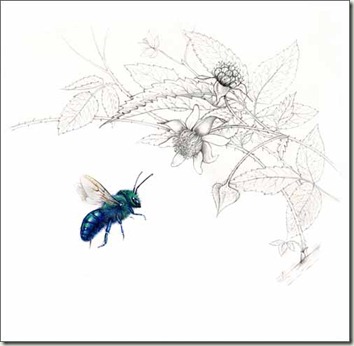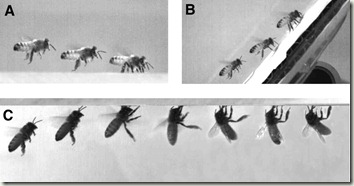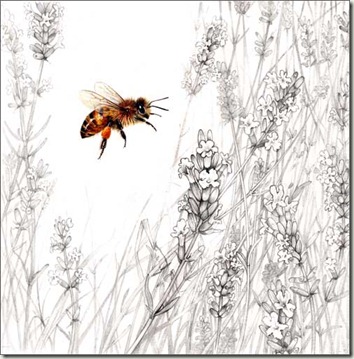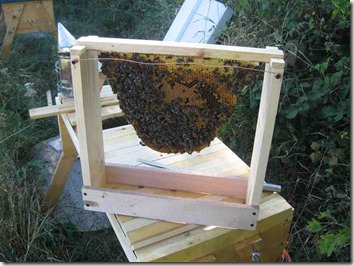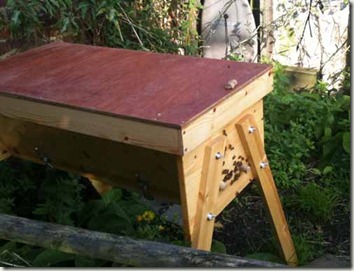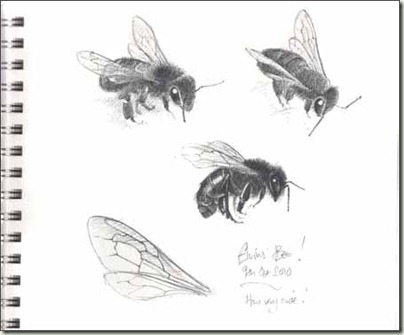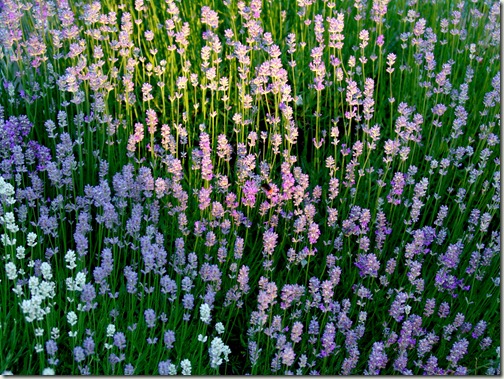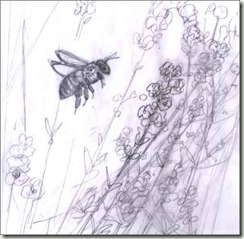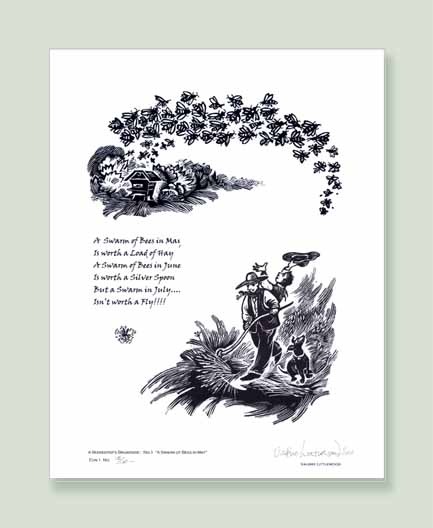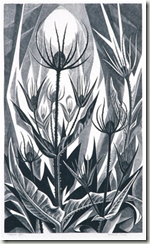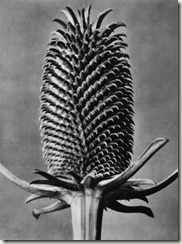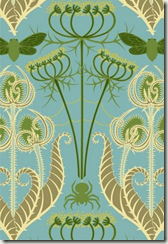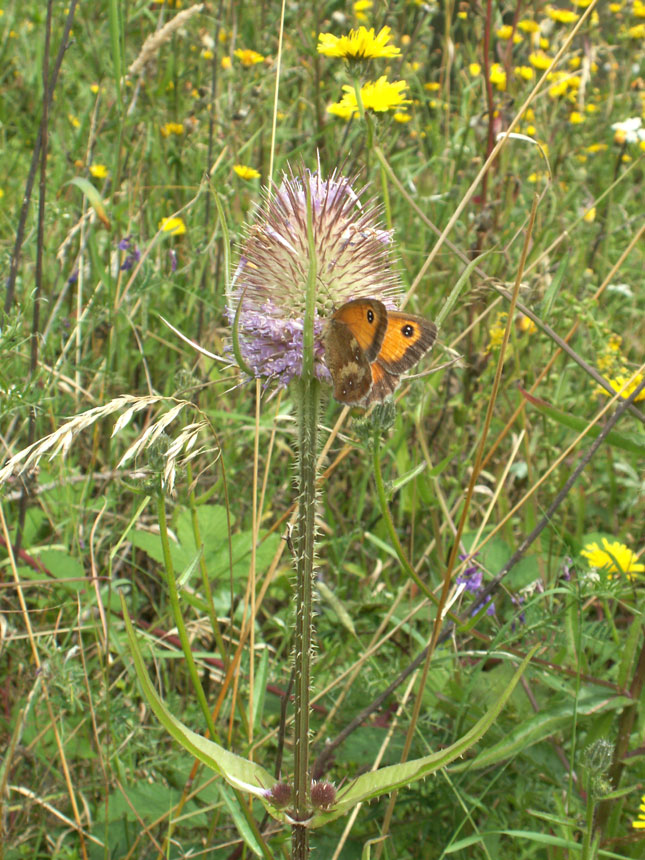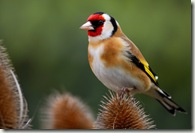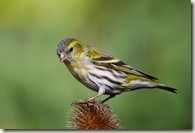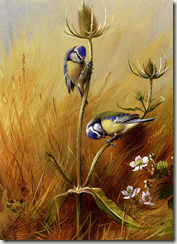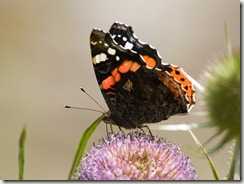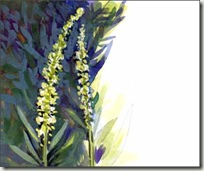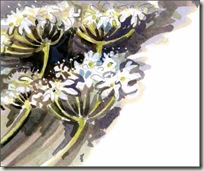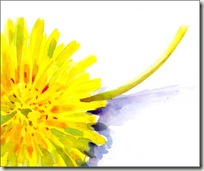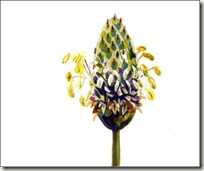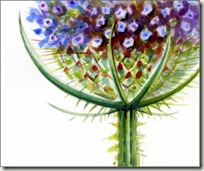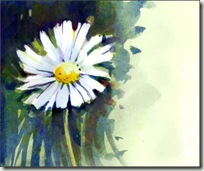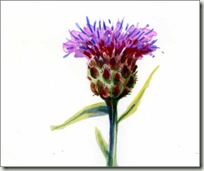Teasels Dipsacus fullonum and Dipsacus sylvestris, are one of my very favourite wild flowers. Those of my generation will remember the advent of gold and silver spray paints which we used enthusiastically to suffocate poor teasels for Christmas decorations.
You can still see teasels growing in the verges and on the banks of the dykes around Linconshire but not so many as I remember. It’s an overlooked plant now but with such a fascinating past.
To Tease Out
The teasel is where we get the phrase “ to tease out” from. It was the most important carding tool for the wool industry in the UK certainly since medieval times.
To achieve a fine finish on woolen cloth, the surface of the cloth was “raised” using teasels, then close sheared. It was so important to the trade that it was imported to America and grown as a crop.
There is a really interesting article here from Old Sturbridge Village site which tells about the teasels importance and introduction to the USA. Here are a couple of snippets
“Samuel Deane’s New England Farmer of 1822 wholeheartedly endorses its introduction ( from England) : “This is a plant which ought to be cultivated in this country, in order to facilitate and improve the manufacture of woollen. And from some trials that have been made it appears that it may be done without difficulty.”” How are teasels used? Volume 14 of The New England Farmer (1836) asserts that “no satisfactory artificial substitute for the teasel has ever been invented, though many have been tried. It is used … for raising a regular nap upon cloth; its long barbs being drawn over the cloth repeatedly till they have combed out all the knots, and made it perfectly smooth.” The Country Dyer’s Assistant (1798) praises the plant for its plethora of hooked tips that are “strong enough to pick up the fibers, but not strong enough to tear the fabric. Although many attempts have been made to substitute metal wire for teasels, there are still certain woolens which require napping by the teasel.”
Originally the teasels were set in a frame and worked across the cloth by hand. ( The images below are from an article about cloth raising from Trowbridge Museum in the UK )


A Handle of teasels for cloth dressing.
The job then became more mechanised with the invention of the labour saving“teasel gig” which according to the Witney Blanket Co site was known in some form since the reign of Edward VI (1547-1553).

 T
T
he Teasel Gig which was set up with specially adapted Handles of Teasels

You can see a working Teasel Gig at the The Dunkirk Mill Centre in Nailsworth Glos. see Stroudwater Textile Trust .
I read that they do still use teasels today for some fine cloth but I can’t find any specific reference to that. It seems a shame that after such a splendid and valued part in the textile industry the lovely teasel is now relegated to dreary dried flower arrangements or perhaps the not so dreary craft possibilities.
Teasels art and craft
The teasel is another beautiful and inspirational plant for artists and contemporary designers with its strong silhouette and prickly robust seed head.

Monica Pooles beautiful wood engraving from the GAC UK’s Government Art Collection
. 
Karl Blossfeld’s Dipsacus fullonum, Fuller’s teasel, capitulum, 6x see more here.

And I am a big fan of Jane Sassman’s gorgeous textiles here is “ Teasel and Lace” from her super inspirational blog Idea Book.
Teasel mice and hedgehog crafts are still alive and well, and a bit more sophisticated than my childhood efforts. I couldn’t resist this bee from Teazles.com http://www.teazles.com/catalog/t-bumblebee.jpg

Teasels and Wildlife
Wildlife likes teasels.. lots of different things, here are a few:
In both the USA and the UK bumblebees love teasels

The Redtailed Bumble Bee (it needs a fairly long tongued bee to access the nectar) by Martin Dyer from the photographers Martin Dyer and David Courtenay’s blog Wildlife across the Water. A very nice cross Atlantic Blog

Six spot burnet moth by Brian Maudsley from Shutterstock

The lovely Gatekeeper butterfly on Teasel by Andy Horton from his really excellent website Glaucus .org which is full of wildlife notes, photos and observations from his home ground in West Sussex.


Siskins and Goldfinchesboth by Martin Pateman at Shutterstock

Thorburn’s beautiful painting of Bluetits on teasel.

A UK Red Admiral Butterfly by Bill McKelvie from Shutterstock For those in the USA, Nina, over at her lyrical Ohio blog “Nature Remains” has some beautiful teasels, here with the Eastern Tiger Swallowtail and Silver Spotted Skipper
. 

Monarch butterflies love them too and many other insects.. It’s another plant for my bee garden.. despite its status in some places as noxious weed!
Wild Flowers for bees Just a few more bee flower sketches..ones that fall more into the weeds/ wildflowers category.
It’s those same families, the umbellifers, the asters, thistles, composite flower heads that offer lots of small nectar stops on one flower head.. you can see the logic and of course the pea family, more of which tomorrow.
My last post mentioned the Knapweed which is here again , as is Reseda luteola and both of these flowers also have interesting connections with the cloth trade as both are old dye plants.


Vetches and Dyers weld


Cow parsleys and Dandelions


Plantains and Teasels


Daisies, dog or moon or ox eye.. and the Knapweeds.
There are lots more of course and I may get a few more done before next Friday… well maybe ..



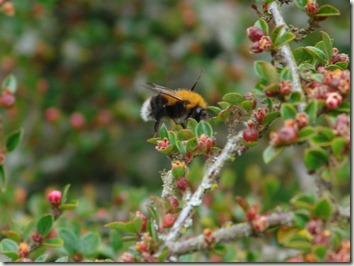
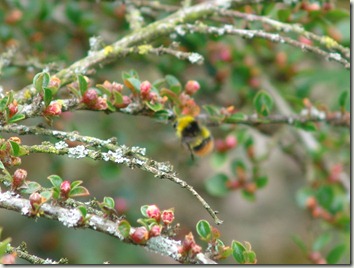
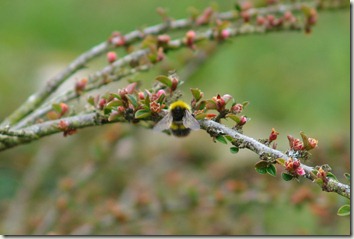

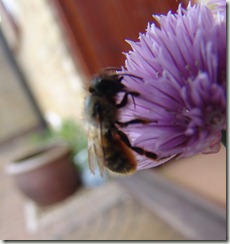
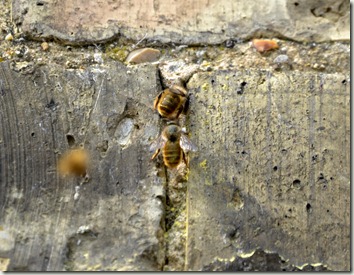

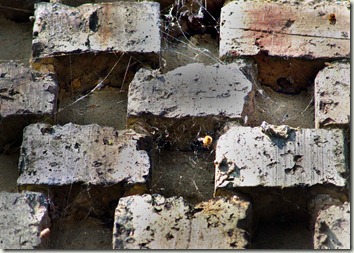
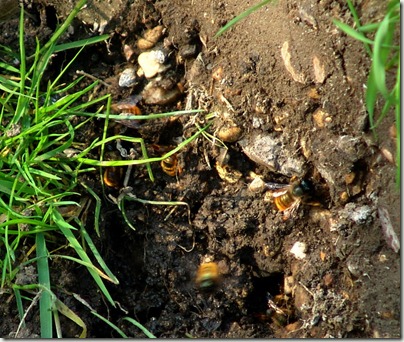
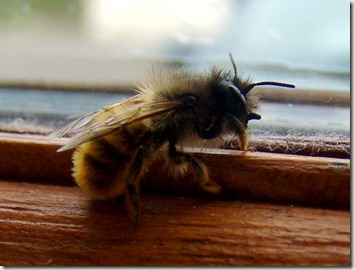
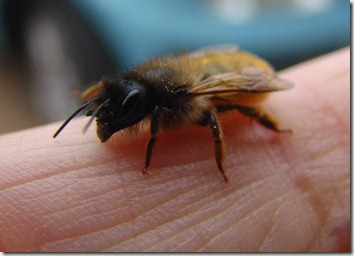
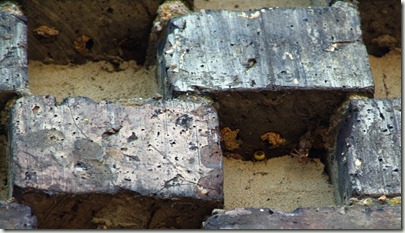
![melecta sm1[1] melecta sm1[1]](http://lh3.ggpht.com/_j1cdMMQnYns/TaMMKjxpDPI/AAAAAAAAJVE/ORSUSkdlp0Q/melecta%20sm1%5B1%5D_thumb%5B2%5D.jpg?imgmax=800)
![melecta 2 sm[1] melecta 2 sm[1]](http://lh3.ggpht.com/_j1cdMMQnYns/TaMMMHJbPWI/AAAAAAAAJVM/J2O9n1jlnVg/melecta%202%20sm%5B1%5D_thumb%5B2%5D.jpg?imgmax=800)
![N g 1[1] N g 1[1]](http://lh6.ggpht.com/_j1cdMMQnYns/TaMMN-I3-fI/AAAAAAAAJVU/jnPGjOy5WlI/N%20g%201%5B1%5D_thumb%5B2%5D.jpg?imgmax=800)
![Ng2[1] Ng2[1]](http://lh4.ggpht.com/_j1cdMMQnYns/TaMMPq-CdFI/AAAAAAAAJVc/O5e026RiX1Q/Ng2%5B1%5D_thumb%5B2%5D.jpg?imgmax=800)
![Ng3[1] Ng3[1]](http://lh5.ggpht.com/_j1cdMMQnYns/TaMMRpfLIzI/AAAAAAAAJVk/679fuHWT1dQ/Ng3%5B1%5D_thumb%5B2%5D.jpg?imgmax=800)
![andr[1] andr[1]](http://lh6.ggpht.com/_j1cdMMQnYns/TaMMTfHF4yI/AAAAAAAAJVs/f9-mhBk3wzM/andr%5B1%5D_thumb%5B1%5D.jpg?imgmax=800)
